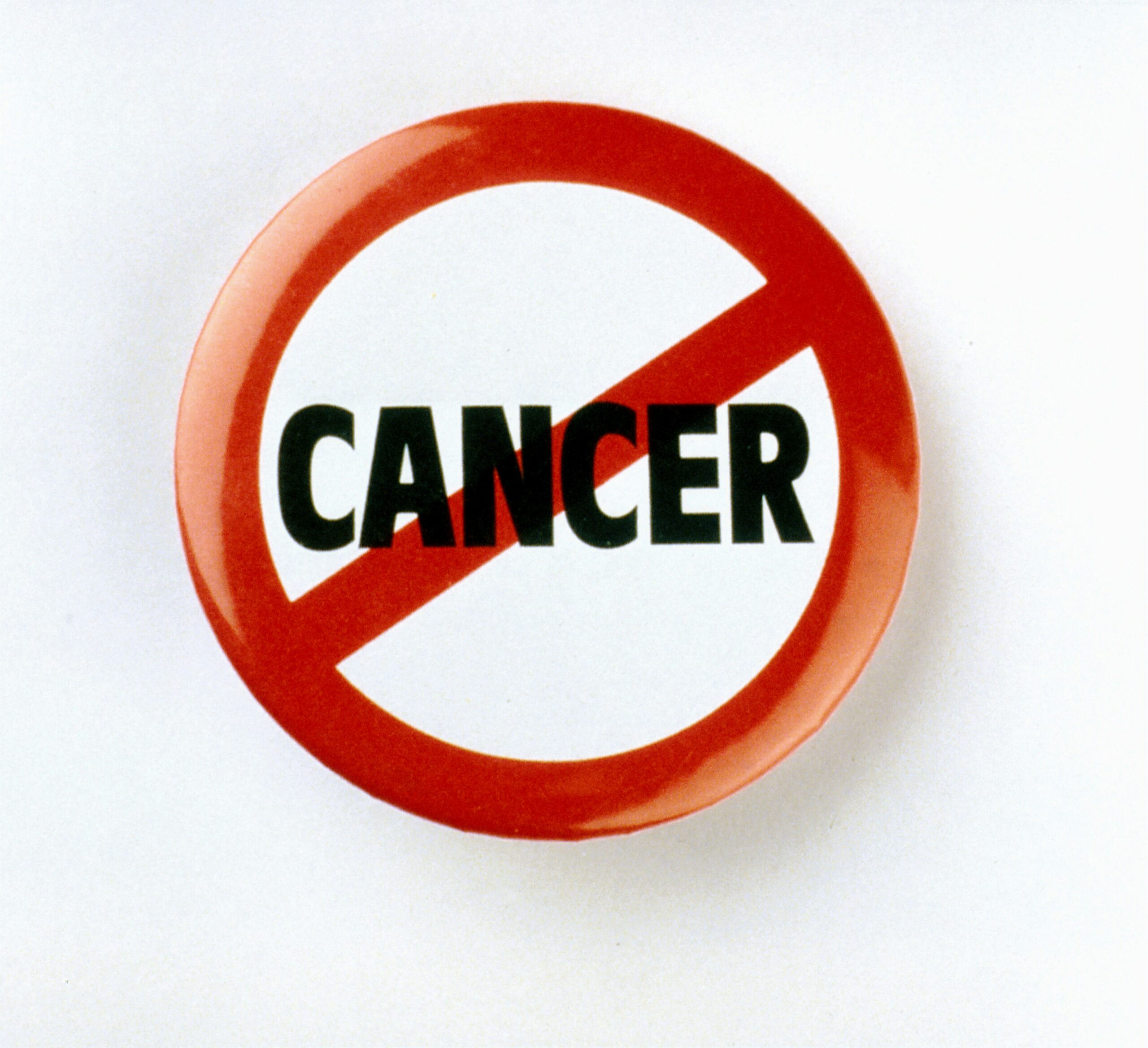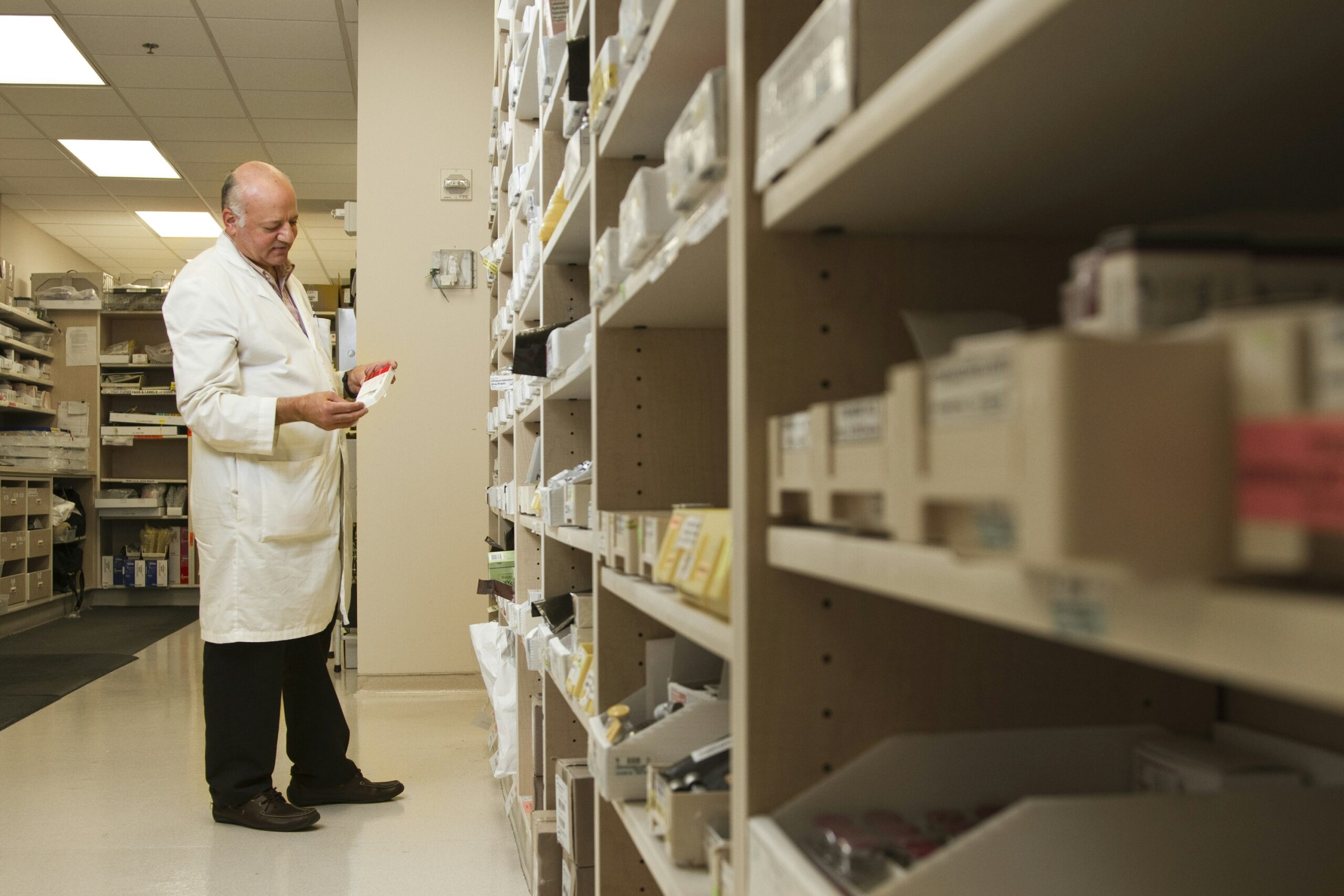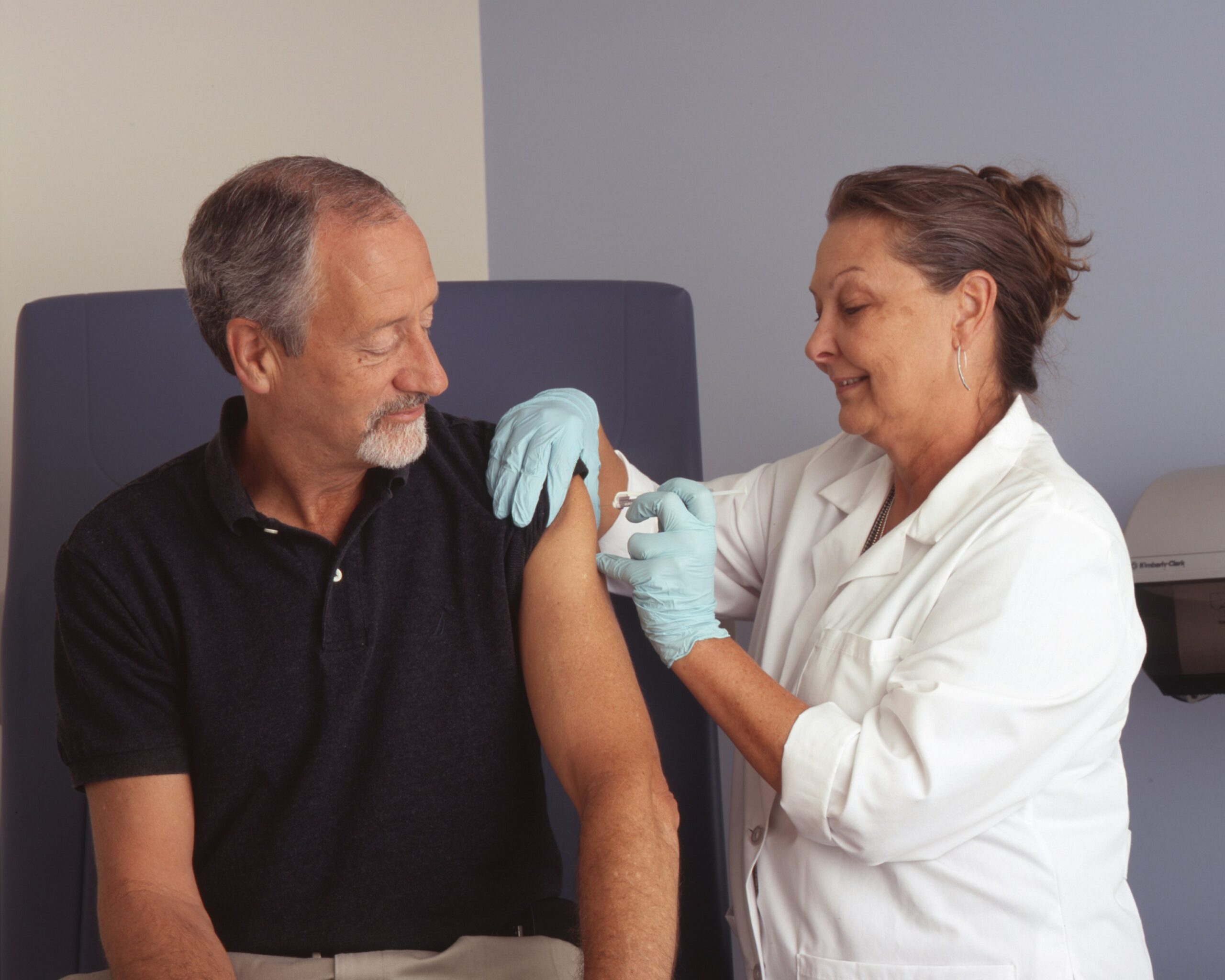Have you ever wondered how long it takes for a swollen prostate to go down? This common concern among many men can be quite distressing, but fear not! In this article, we will explore the time frame for the reduction of a swollen prostate, providing you with valuable information and peace of mind. So, sit back, relax, and let's get to the bottom of this pressing issue!
Understanding the Prostate
The role of the prostate in men's health
The prostate is a small gland located between the bladder and the penis, and it plays a crucial role in men's health. Its primary function is to produce seminal fluid, which nourishes and protects the sperm during ejaculation. The prostate also helps propel the semen through the urethra during ejaculation. In addition to its reproductive function, the prostate is also responsible for regulating urine flow by surrounding the urethra.
Normal size and location of the prostate gland
The size and location of the prostate gland can vary among individuals, but on average, it is about the size of a walnut. It is situated just below the bladder and in front of the rectum. As men age, the prostate naturally tends to grow larger. This condition, known as benign prostatic hyperplasia (BPH), is a common occurrence and usually not a cause for concern unless it leads to troublesome symptoms.
Recognizing Prostate Swelling
Common signs and symptoms of an enlarged prostate
When the prostate gland becomes swollen or enlarged, it can cause various signs and symptoms. These may include frequent urination, especially during the night (nocturia), weak urine flow, difficulty starting and stopping urination, the sensation of incomplete bladder emptying, dribbling after urination, and urinary urgency or hesitancy. In some cases, a swollen prostate can also lead to urinary tract infections.
Risk factors for prostate swelling
Several risk factors can contribute to prostate swelling. Age is a significant factor, as the likelihood of developing an enlarged prostate increases with age. Men who have a family history of prostate issues, including enlarged prostate or prostate cancer, are also at a higher risk. Other factors that may play a role include obesity, hormonal imbalances, and certain medications or medical conditions.
Methods of diagnosing a swollen prostate
If you are experiencing symptoms that suggest a swollen prostate, it is crucial to seek medical attention. A healthcare provider will typically start with a thorough medical history and physical examination. They may also perform a digital rectal exam (DRE) to assess the size, shape, and consistency of the prostate gland. Additionally, other tests such as a urine analysis, blood tests, ultrasound, or a prostate-specific antigen (PSA) test may be recommended to rule out any underlying conditions or prostate cancer.

Causes of Prostate Swelling
Benign Prostatic Hyperplasia (BPH)
Benign prostatic hyperplasia, commonly referred to as BPH, is the most common cause of prostate swelling. BPH occurs when the prostate gland grows larger due to an increase in the number of cells. The exact cause of BPH is still unknown, but hormonal imbalances, aging, and genetic factors are thought to contribute to its development.
Prostate Cancer
Prostate cancer is another potential cause of prostate swelling. Although not all cases of swollen prostate indicate prostate cancer, it is essential to be aware of this possibility. Prostate cancer occurs when the cells in the prostate gland start growing uncontrollably. Regular screenings and early detection are crucial in managing and treating prostate cancer effectively.
Prostatitis
Inflammation of the prostate, known as prostatitis, can also lead to prostate swelling. This condition can occur due to bacterial infection, but in some cases, the exact cause remains unknown. Prostatitis can cause discomfort and pain in the pelvic area, along with urinary symptoms similar to those experienced with BPH.
Prostate Infarction
Prostate infarction is a less common cause of prostate swelling. It occurs when blood flow to the prostate is blocked, leading to tissue death and inflammation. This condition is usually associated with blood clotting disorders or other conditions that affect blood supply.
Timeline for Prostate Swelling to Go Down
Factors affecting the timeframe
The timeline for prostate swelling to go down can vary depending on several factors. The underlying cause of the swelling, the severity of the symptoms, and the treatment approach all play a role in determining how long it takes for the prostate to return to normal size. Additionally, individual factors, such as overall health, age, and adherence to treatment recommendations, can also influence the timeline.
Typical duration for various causes
In general, the duration for prostate swelling to subside can range from a few weeks to several months. For mild cases of prostatitis or prostate infarction, symptoms may improve within a few weeks with appropriate treatment. BPH can take longer to show significant improvement, with symptoms potentially improving over the course of several months. Prostate cancer treatment timelines vary greatly depending on the stage and aggressiveness of the cancer.
How age influences the time for reduction in swelling
Age can significantly impact the time it takes for prostate swelling to decrease. As men age, the prostate naturally tends to grow larger. This means that if the cause of the swelling is age-related, such as BPH, it may take longer for the prostate to return to its normal size. Older individuals may also experience slower healing and may require a longer recovery period after treatment.

Medical Treatments Available for a Swollen Prostate
Medication options
There are various medications available to treat prostate swelling depending on the underlying cause. Alpha blockers can help relax the muscles in the prostate and bladder neck, improving urine flow. 5-alpha reductase inhibitors can reduce the size of the prostate gland by blocking hormonal changes that contribute to its growth. Other medications, such as antibiotics, may be prescribed if prostatitis is the cause of the swelling.
Surgical procedures
In some cases, surgical intervention may be necessary to address prostate swelling. Transurethral resection of the prostate (TURP) is a common surgical procedure used to remove excess prostate tissue caused by BPH. Other surgical options include laser ablation or enucleation techniques. Surgery is often considered for more severe cases or when medication fails to provide adequate relief.
Non-Surgical Therapies
Non-surgical therapies are also available for managing prostate swelling. These may include minimally invasive procedures such as transurethral microwave thermotherapy (TUMT), prostatic artery embolization (PAE), or water-induced thermotherapy (WIT). These treatments aim to alleviate symptoms by reducing the size of the prostate gland without the need for open surgery.
Impact of Treatment on the Prostate Swelling Timeline
How medication can expedite the process
Medication can help expedite the process of reducing prostate swelling, especially when it comes to managing BPH or prostatitis. Alpha blockers can lead to symptom improvement within a few weeks, allowing for faster relief. However, it is important to note that medication may not completely eliminate prostate swelling in some cases, and continuous treatment or additional interventions may be necessary.
Long-term effects of surgery on prostate size
Surgical procedures can have long-term effects on the size of the prostate gland. Procedures like TURP, laser ablation, or enucleation techniques aim to remove excess tissue, leading to a significant reduction in prostate size. However, it is essential to note that surgery does not guarantee a permanent solution, as the prostate gland can continue to grow over time, potentially requiring additional interventions in the future.
Post-treatment recovery time
The recovery time after treatment for prostate swelling may vary depending on the type of treatment and individual factors. Surgical procedures usually require a period of recovery, during which patients may experience temporary urinary symptoms and discomfort. Recovery may take a few weeks to a few months, depending on the procedure performed. Non-surgical therapies generally have shorter recovery periods and allow for quicker return to regular activities.

Natural Remedies for Prostate Swelling
Dietary changes
Certain dietary changes can help alleviate symptoms of prostate swelling. Consuming a diet rich in fruits, vegetables, whole grains, and lean proteins while limiting processed foods and red meat can be beneficial. Specific foods, such as tomatoes, soy, green tea, and pumpkin seeds, have been suggested to have potentially positive effects on prostate health. It is important to consult with a healthcare provider or nutritionist before making any significant dietary changes.
Herbal supplements
Some herbal supplements have been used as natural remedies for prostate swelling. Saw palmetto, beta-sitosterol, pygeum, and stinging nettle are among the commonly used supplements. However, it is crucial to approach herbal supplements with caution and consult with a healthcare provider to ensure their safety and effectiveness. Herbal supplements can interact with other medications and may not be suitable for everyone.
Exercise and physical therapy
Regular exercise and physical therapy can also play a role in managing prostate swelling. Engaging in activities such as walking, swimming, or cycling can help improve overall physical health and potentially reduce symptoms. Pelvic floor exercises, also known as Kegel exercises, can be beneficial in strengthening the muscles surrounding the prostate and improving urinary control. It is advisable to work with a healthcare professional or physical therapist to ensure proper technique and guidance.
Preventing Prostate Swelling
Pros of early detection of prostate issues
Early detection of prostate issues, such as an enlarged prostate or prostate cancer, allows for timely intervention and management. Regular screenings, including prostate-specific antigen (PSA) tests and digital rectal exams (DRE), can help identify potential problems before they worsen. Early treatment can significantly improve outcomes and reduce the impact on quality of life.
Routine check-ups for men's health
Routine check-ups with a healthcare provider are essential for maintaining overall men's health, including prostate health. Regular visits allow for monitoring and early detection of any potential prostate issues. Healthcare providers can provide guidance on maintaining a healthy lifestyle, managing risk factors, and recommending appropriate screenings based on individual factors.
Lifestyle modifications to prevent prostate enlargement
Although not all cases of prostate enlargement can be prevented, certain lifestyle modifications may help reduce the risk. Maintaining a healthy weight, regular physical activity, and a balanced diet can contribute to overall prostate health. Limiting alcohol consumption, avoiding smoking, and managing stress are also recommended. It is advisable to discuss lifestyle modifications with a healthcare provider for personalized recommendations.
Complications from a Swollen Prostate
Urinary tract conditions
A swollen prostate can lead to various complications related to urinary tract health. Chronic urinary retention, urinary tract infections, bladder stones, and kidney damage are among the potential complications. These conditions can cause recurrent urinary symptoms, discomfort, and may require additional treatment or interventions.
Impacts on sexual health
Prostate swelling can impact sexual health and function. It may lead to erectile dysfunction, reduced sexual desire, and difficulty ejaculating. These changes can significantly impact a person's quality of life and intimate relationships. Seeking appropriate treatment and communication with a healthcare provider can help manage and address these concerns.
The potential for prostate cancer
While not all cases of a swollen prostate indicate prostate cancer, it is important to be aware of the potential link. Prostate swelling can sometimes be a symptom or result of prostate cancer. Regular screenings, early detection, and appropriate management are crucial in effectively treating and managing prostate cancer if present.
Life After Prostate Swelling
Recovery timelines
The recovery timeline after prostate swelling can vary depending on the underlying cause, treatment received, and individual factors. It is important to have realistic expectations and understand that complete resolution may take time. Recovery timelines can range from a few weeks to several months, and continuous monitoring and management may be necessary to maintain prostate health.
Impact on quality of life
Prostate swelling and its associated symptoms can have a significant impact on a person's quality of life. Frequent urination, urinary urgency, and sexual health concerns can affect daily activities, sleep patterns, and overall well-being. However, with proper management, treatment, and lifestyle modifications, many individuals can improve their quality of life and resume their regular activities.
Continued care options
After experiencing prostate swelling, continued care is essential to maintain prostate health. Regular check-ups with a healthcare provider, adherence to medication regimens, and recommended screenings should be a priority. It is also important to communicate any changes or concerns to a healthcare provider promptly. By staying engaged in ongoing care, individuals can proactively manage their prostate health and minimize the risk of future complications.
In conclusion, prostate swelling can have various causes and impacts on a man's health and well-being. Understanding the role of the prostate, recognizing the signs and symptoms of a swollen prostate, seeking appropriate medical attention, and following treatment recommendations are essential in managing this condition effectively. Whether through medications, surgical interventions, natural remedies, or lifestyle modifications, there are options available to alleviate symptoms, improve quality of life, and maintain prostate health. With early detection, timely treatment, and continued care, individuals can navigate life after prostate swelling and ensure long-term well-being.

